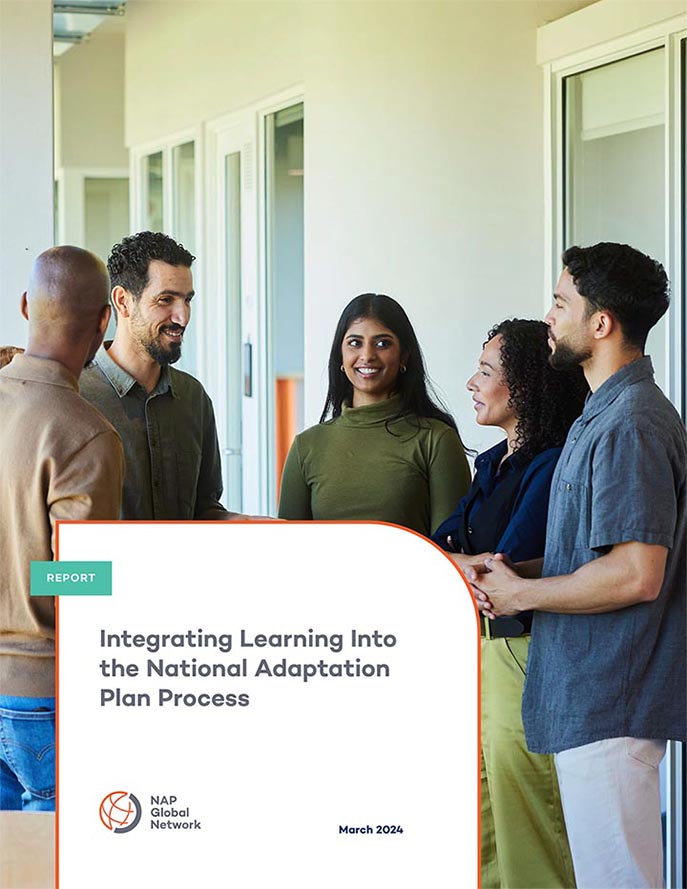
Integrating Learning into the National Adaptation Plan Process
Adapting to the impacts of climate change is a continuous learning process. From optimizing existing practices to reflecting on the effectiveness of our approaches to the problems we are addressing, continuous learning is essential for effective climate change adaptation. Learning can help us prevent being locked into paths that leave us more vulnerable in a changing context or fail to address important drivers of vulnerability.
In theory, the effectiveness of NAP processes depends on how well governments embed deliberate learning into the process. However, in practice, NAP processes can be disconnected from learning.
This report explores how to strengthen the integration of learning into NAPs. There are at least three keys that the authors identify to enhancing learning in NAP processes:
- Integrating learning at strategic moments across the different phases of the NAP process,
- Strengthening the enabling environment for learning in the NAP process, and
- Linking the learning process with learning outcomes through monitoring and evaluation.
By considering these entry points in their NAP documents, which are one of the key milestones of NAPs, countries can facilitate the integration of learning in subsequent phases of the process.
Related content
- How to Integrate Learning Into Climate Adaptation Policy Processes
- Adaptation in Biennial Transparency Reports
- Visualizing Monitoring, Evaluation, and Learning in National Adaptation Planning Processes
- Next Steps for Defining a Monitoring, Evaluation, and Learning System for the Global Goal on Adaptation by COP 28
- Zambia Takes an Inclusive Approach to Developing a Monitoring, Evaluation, and Learning Framework for its National Adaptation Plan
Publisher: International Institute for Sustainable Development (IISD)